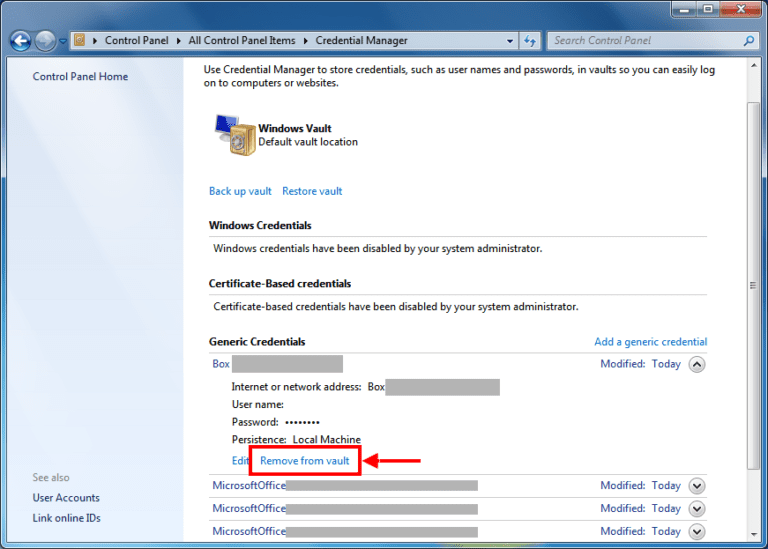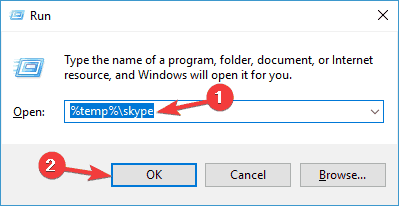



NTLM will generally be a big ‘NO’ straight away if these conversations have started with a security team, so let’s look at Transport Layer Security Derived Session Key (TLS-DSK) as a certificate based authentication. Usually to make this simple to the end-user we allow them to cache/save the password to the device for re-authentication on our behalf. NTLM is usually well understood as a simple challenge/response authentication but if we look at it in Lync it means that every time a web ticket expires the same challenge authentication must be presented. We aren’t going to talk about Kerberos cause we are concerned with external logins. The common device(s) attempting authentication are: What we need to do is make sure that each case is in a controlled and known measure to best suit your deployment.Īnswer: “Well the security policy should govern what is and isn’t classified as secure for you.” Therefore it can also be said that there is more than one endpoint and port on the edge of the corporate network listening, waiting and proxying these forms of authentication. When we think about Lync/SFB with external authentication we first must articulate that there’s more than one form of authentication a user can attempt and there is many device types they can attempt authentication with. To remove remote access for users would be crippling the UC strategy that you were trying to put in place. In some circumstances security is of high concern for all forms of connectivity that can be done over the public internet, but you wouldn’t want to go without it. The enablement of remote connectivity across these devices is pivotal in a Lync deployment, but sometimes isn’t entirely understood. The sense of a roaming lync identity brings freedom to how people choose to collaborate and office spaces, desks and name tags mounted above them, seem like a necessity of the past. Lync not only enables users to communicate using great device form factors, but also from wherever they may be located. With light weight and portable form factors coming into their own, devices have enabled businesses to rethink their communication strategy. Microsoft Lync/Skype for Business has revolutionised the way people can communicate and collaborate in the workplace.


 0 kommentar(er)
0 kommentar(er)
